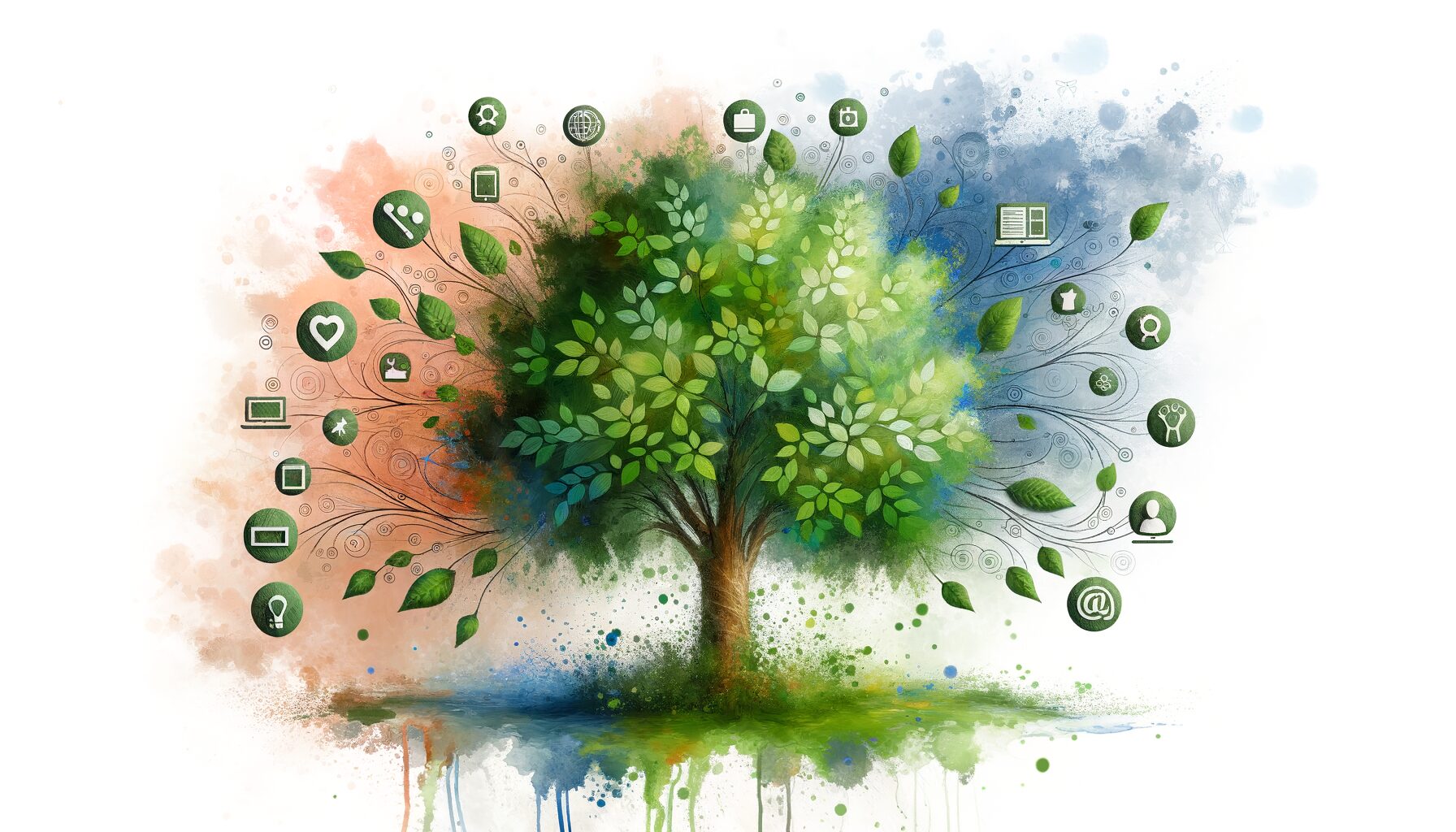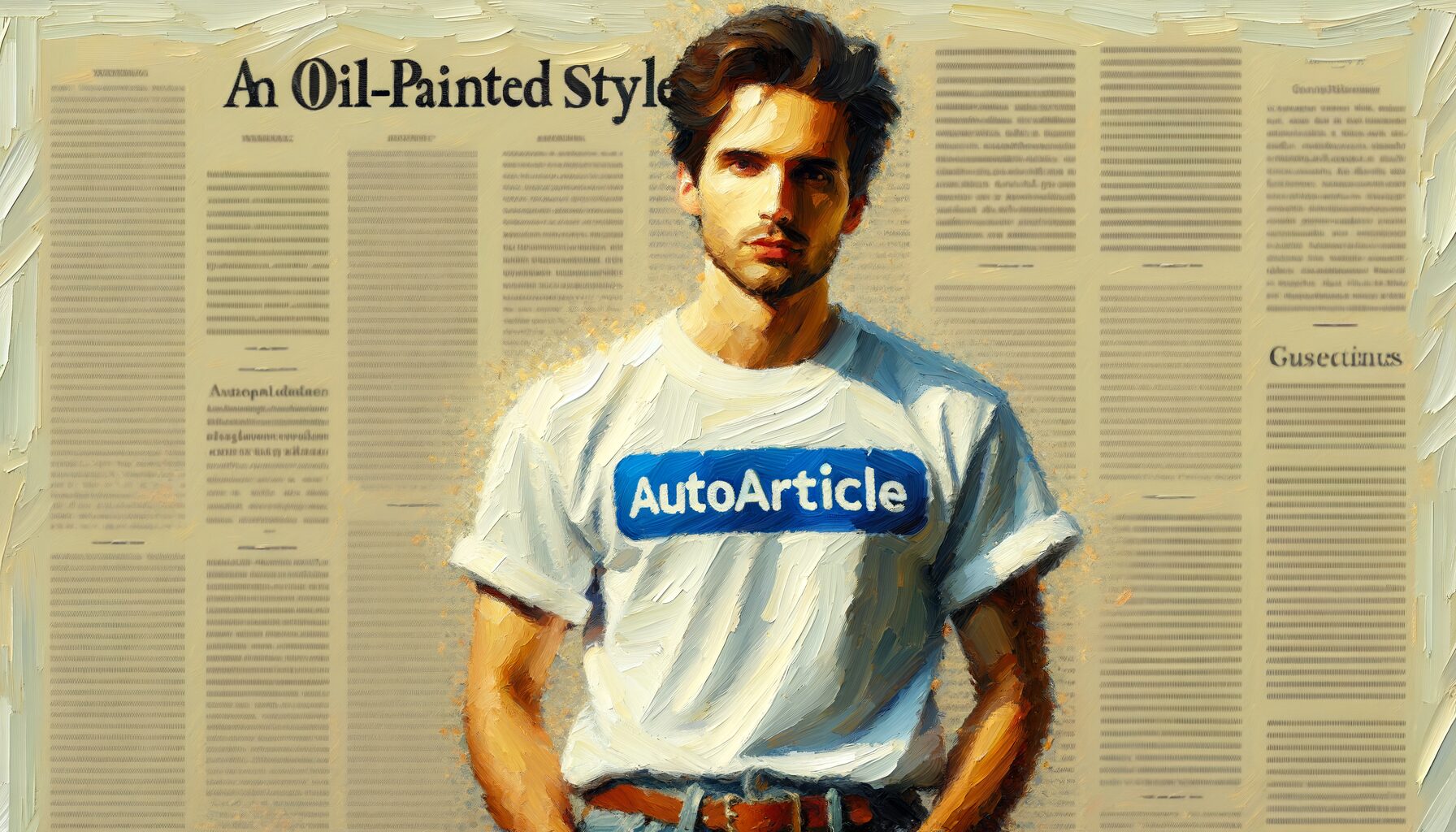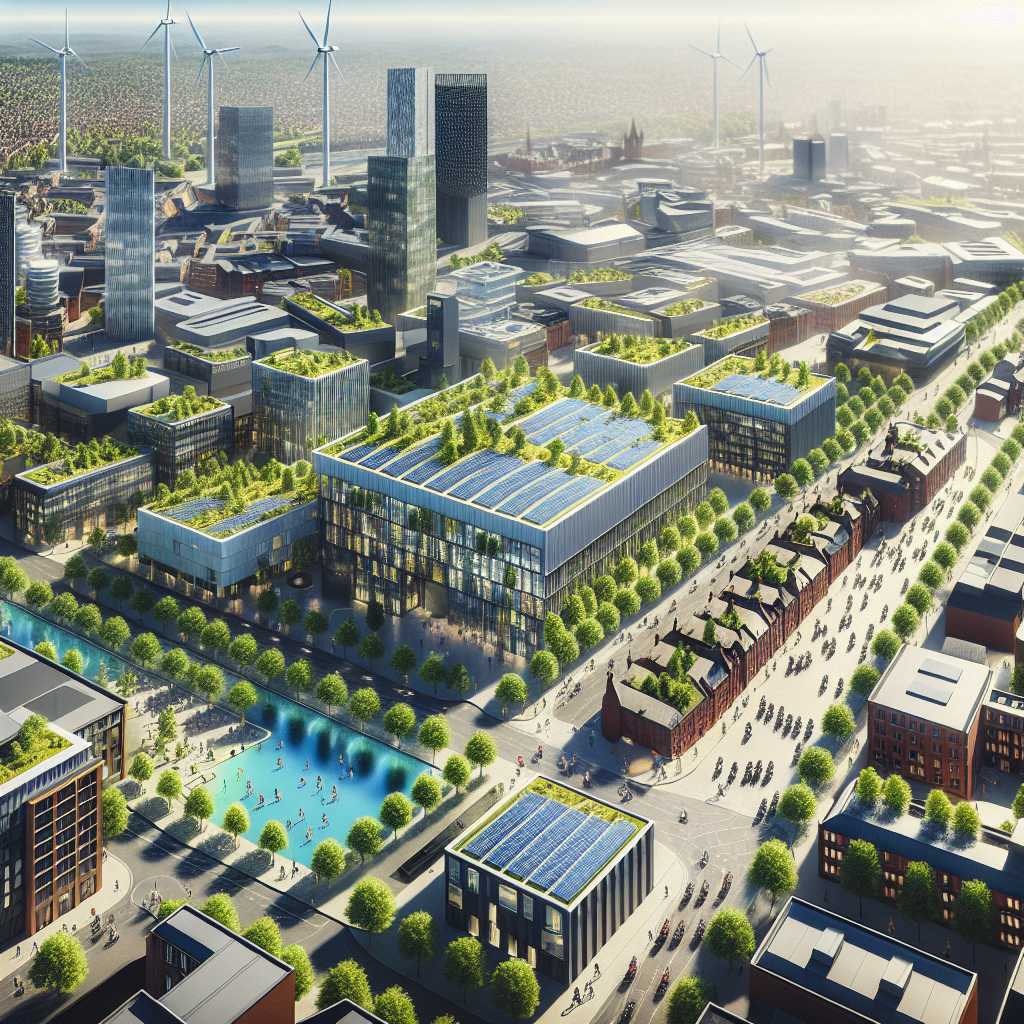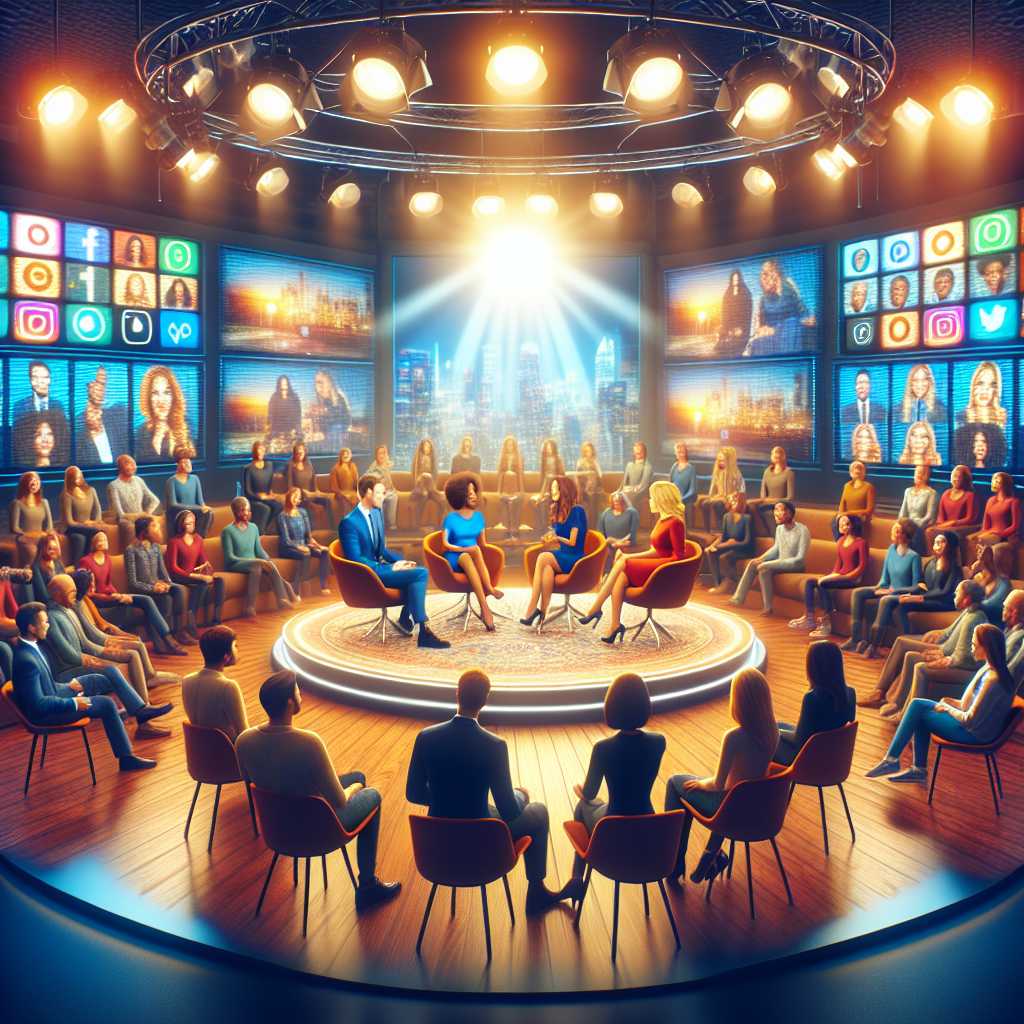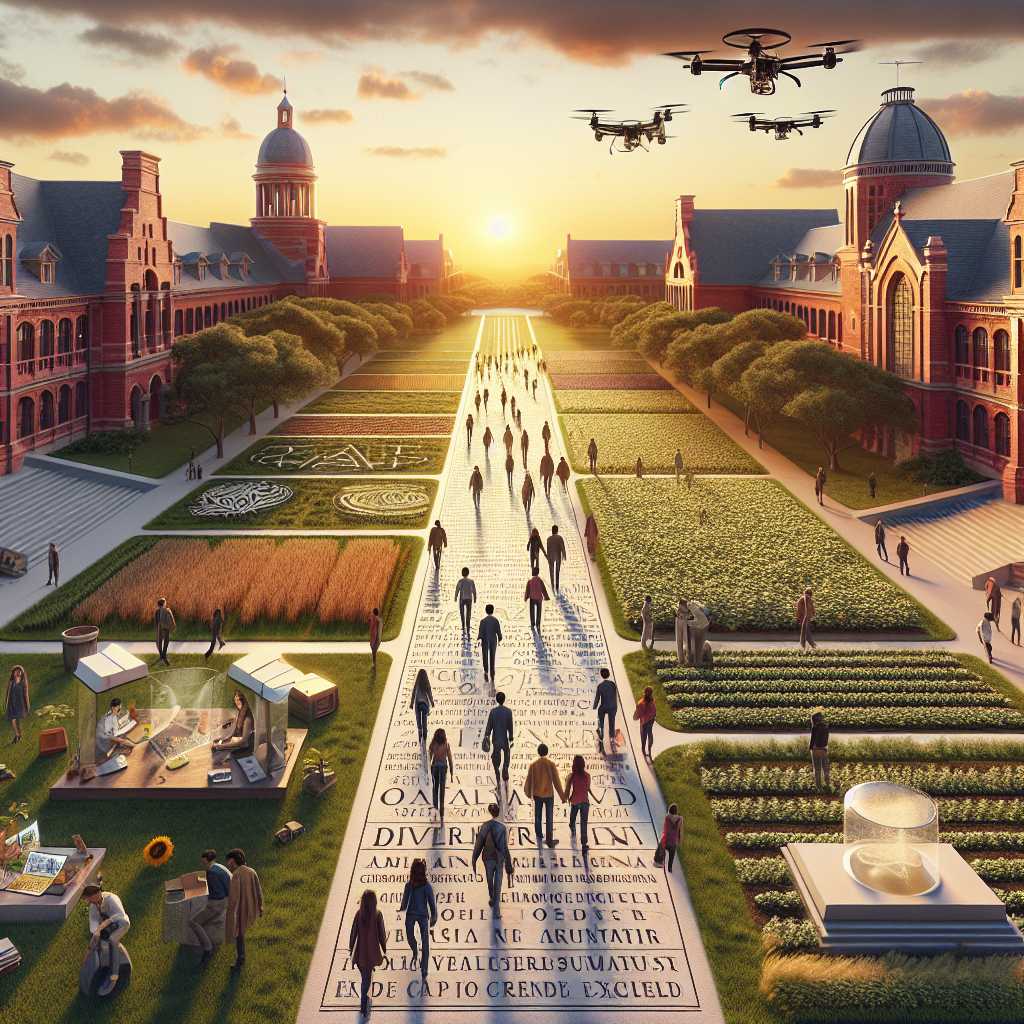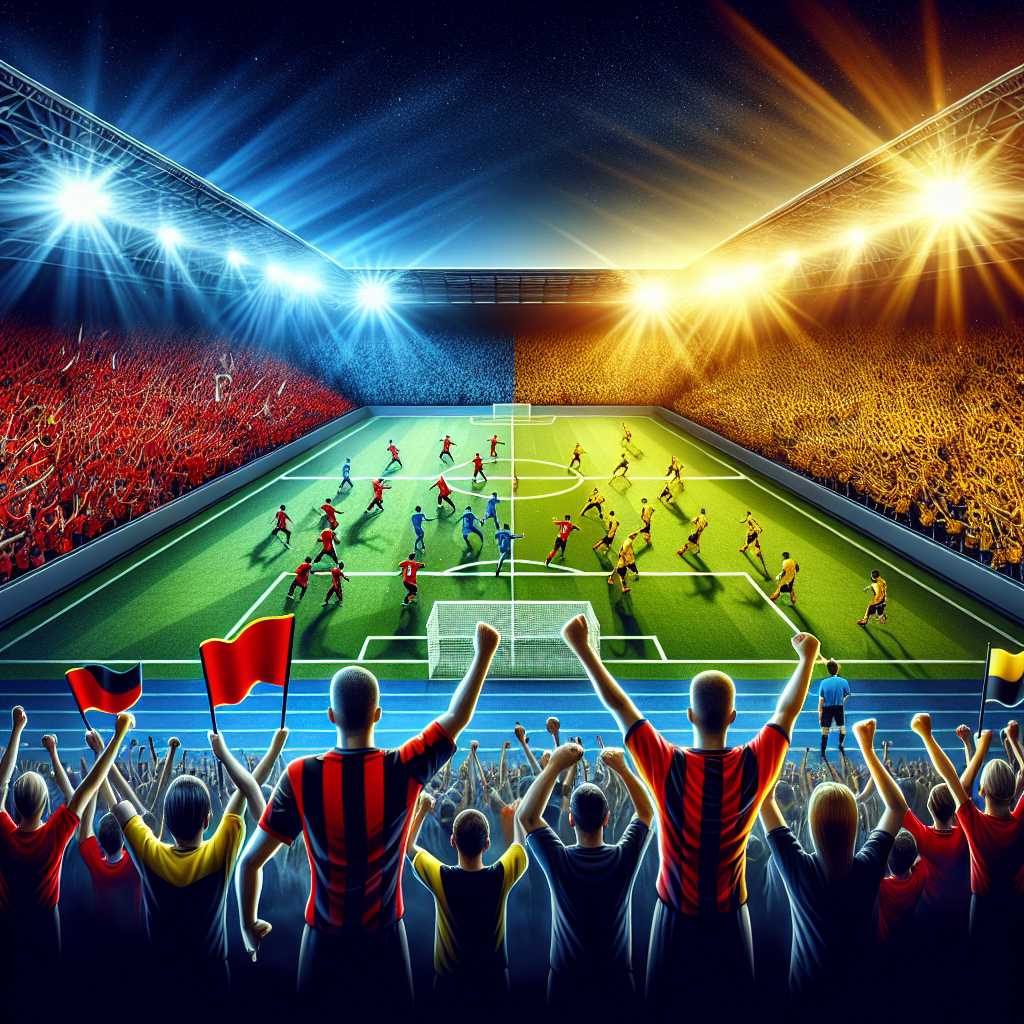Understanding SEO and Its Importance
Search Engine Optimisation (SEO) is the practice of enhancing a website’s visibility on search engines. A higher ranking means more organic traffic, which can lead to increased conversions and sales. As businesses increasingly move online, the significance of SEO cannot be overstated. To effectively utilise SEO, one must understand the algorithms that dictate search engine rankings. Factors such as keyword relevance, page speed, mobile-friendliness, and content quality are crucial in determining how well a website performs. Among these, content quality is paramount, making blogging an invaluable tool for enhancing SEO.
How Blogging Boosts SEO
Blogs are an effective way to generate fresh content regularly, which is a key factor for SEO. Search engines prefer websites that frequently update their content. By consistently publishing blog posts, you not only keep your site dynamic but also provide new opportunities for keywords to be ranked. Additionally, blogs allow you to address specific topics related to your industry, enabling you to target niche audiences. This targeted approach can improve user engagement and decrease bounce rates, both of which positively affect your SEO rankings. Moreover, incorporating internal links within your blog posts can enhance navigation and guide visitors to other relevant content on your site.
Furthermore, blogs are a fantastic way to establish authority in your field. By sharing valuable insights, tips, or industry news, you position your brand as a credible source of information. This can lead to backlinks from other reputable sites, which are a significant factor in SEO rankings. The more quality backlinks you earn, the more trustworthy search engines perceive your site to be.
Utilising Keywords Effectively
Keyword research is an integral part of any successful blogging strategy. Identifying the right keywords allows you to tailor your content to what potential customers are searching for online. Tools like Google Keyword Planner can help you find relevant keywords with good search volume and manageable competition.
Once you’ve identified your keywords, it’s essential to use them strategically within your blog posts. They should appear in key areas such as the title, headers, and throughout the body of the content. However, avoid keyword stuffing; instead, focus on creating natural, engaging content that incorporates keywords seamlessly. This balance will help ensure that your content is both user-friendly and optimised for search engines.
The Role of AutoArticle.net in Content Creation
Creating high-quality content consistently can be a challenge for many businesses. This is where platforms like AutoArticle.net come into play. They provide automated solutions for generating articles based on selected keywords and topics. This can be particularly useful for those who may struggle with writer’s block or lack the resources to maintain a regular blogging schedule.
Using AutoArticle.net allows you to quickly produce relevant content that adheres to SEO best practices. By integrating this tool into your blogging strategy, you can enhance your website’s SEO while saving time and effort. However, it’s crucial to review and edit any generated content to ensure it aligns with your brand voice and maintains quality standards.

